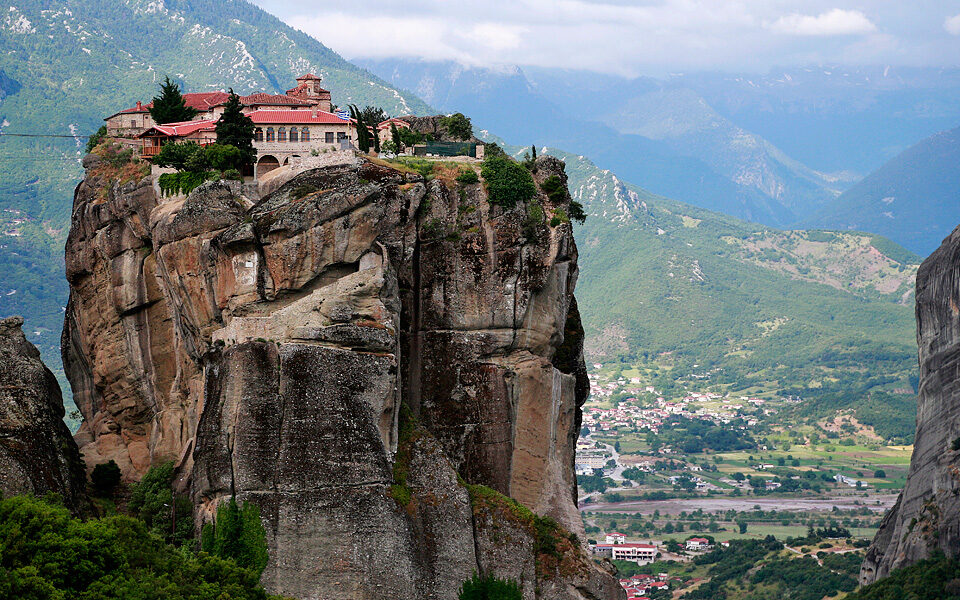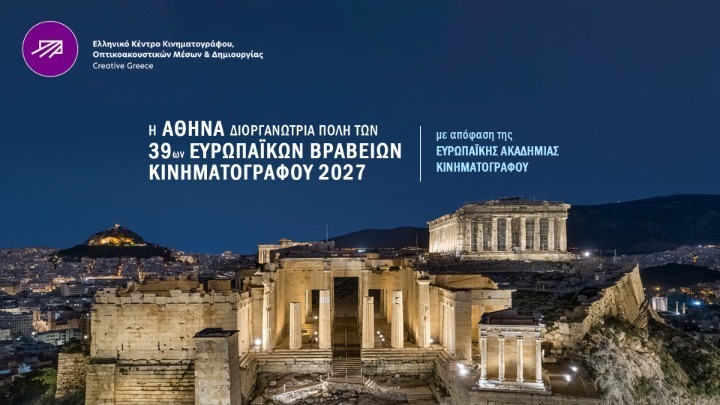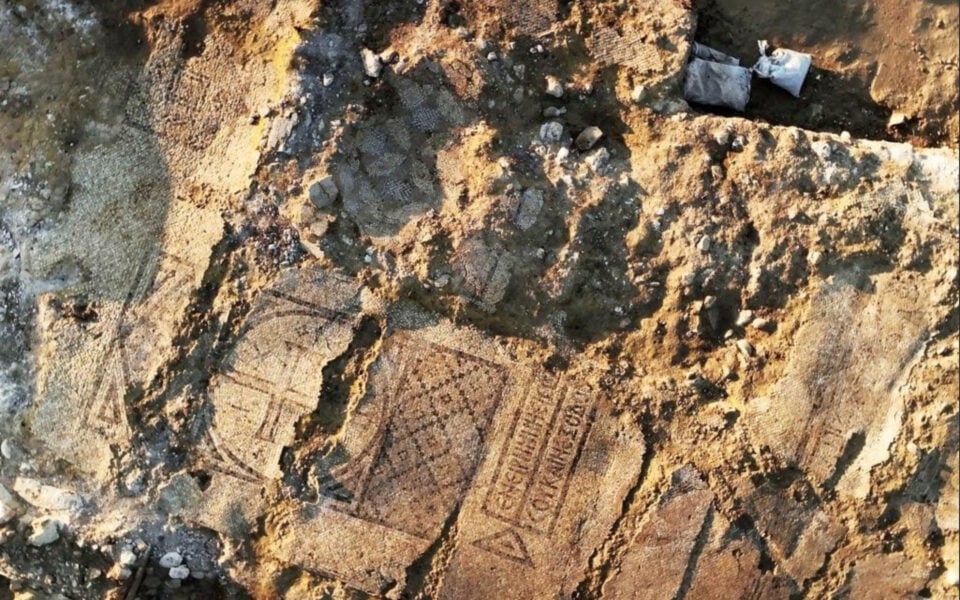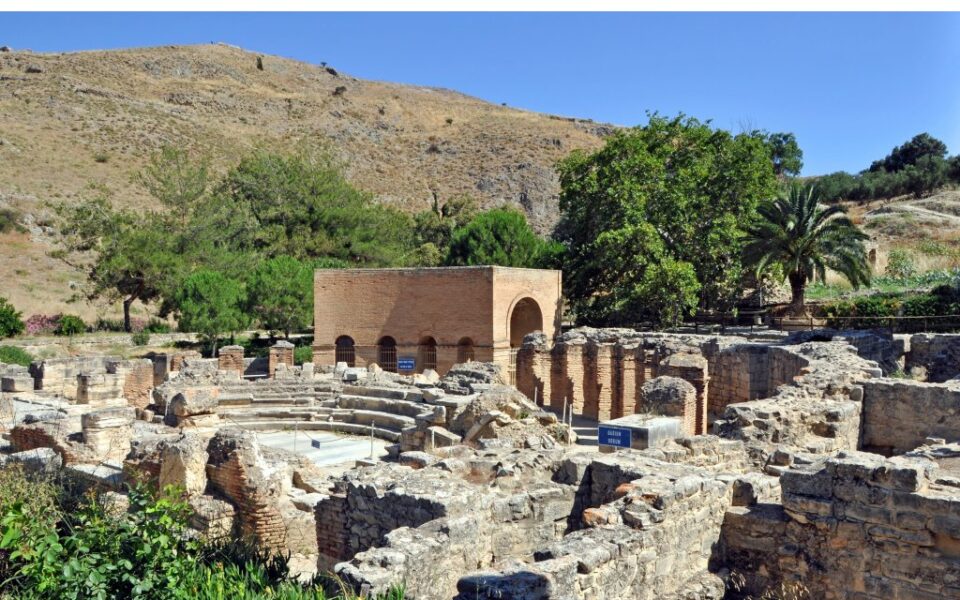Meteora Pyli Geopark joins UNESCO global Network


The Meteora Pyli Geopark has joined the UNESCO Global Geoparks network, which now encompasses 213 such parks in 48 countries around the world.
UNESCO Global Geoparks are single, unified geographical areas where sites and landscapes of international geological significance are managed with a holistic concept of protection, education and sustainable development.
The Meteora Pyli Geopark was one of 18 new geoparks to join the global network.
Covering an area of 2,409.50 square kilometers, the Meteora Pyli Geopark is notable for its unique landscape and natural environment, as well as its rich biodiversity, geological monuments and geodiversity.
Nestled within the picturesque Thessaly region in central Greece, the Meteora Pyli Geopark is famed for the towering Meteora sandstone columns that reach heights of up to 300 meters.
Perched atop these “columns of the sky” are the iconic Byzantine monasteries, constructed between the 13th and 16th centuries. They are adorned with 16th-century frescoes, which mark a key stage in the development of post-Byzantine painting and offer an insight into the region’s rich religious history and artistic heritage.
Among the other geological wonders of the geopark are the Tafoni formations of Kalambaka, with honeycomb weathering patterns carved into the rock by millennia of erosion.
In the western part of the geopark, the Pindos mountains offer a haven for biodiversity and outdoor enthusiasts with rugged peaks, alpine meadows, lush forests and meandering rivers.
Trekking through the region’s unique terrain, visitors can encounter rare plant species, including the Chalcedonian lily and the endemic chasmophyte Centaurea kalambakensis which thrive in the area’s distinct microclimates.
“It is a significant recognition that opens new avenues, strengthening developmental momentum with the aim of extending the tourist season in terms of quality and sustainability,” Meteora Mayor Lefteris Avramopoulos said.
Source: ekathimerini.com




